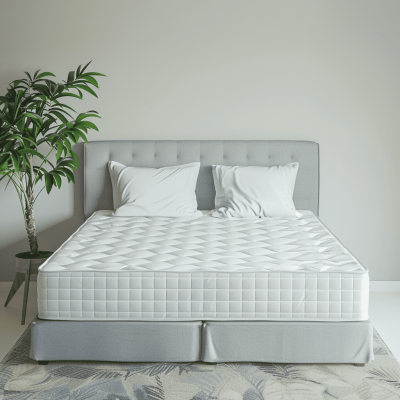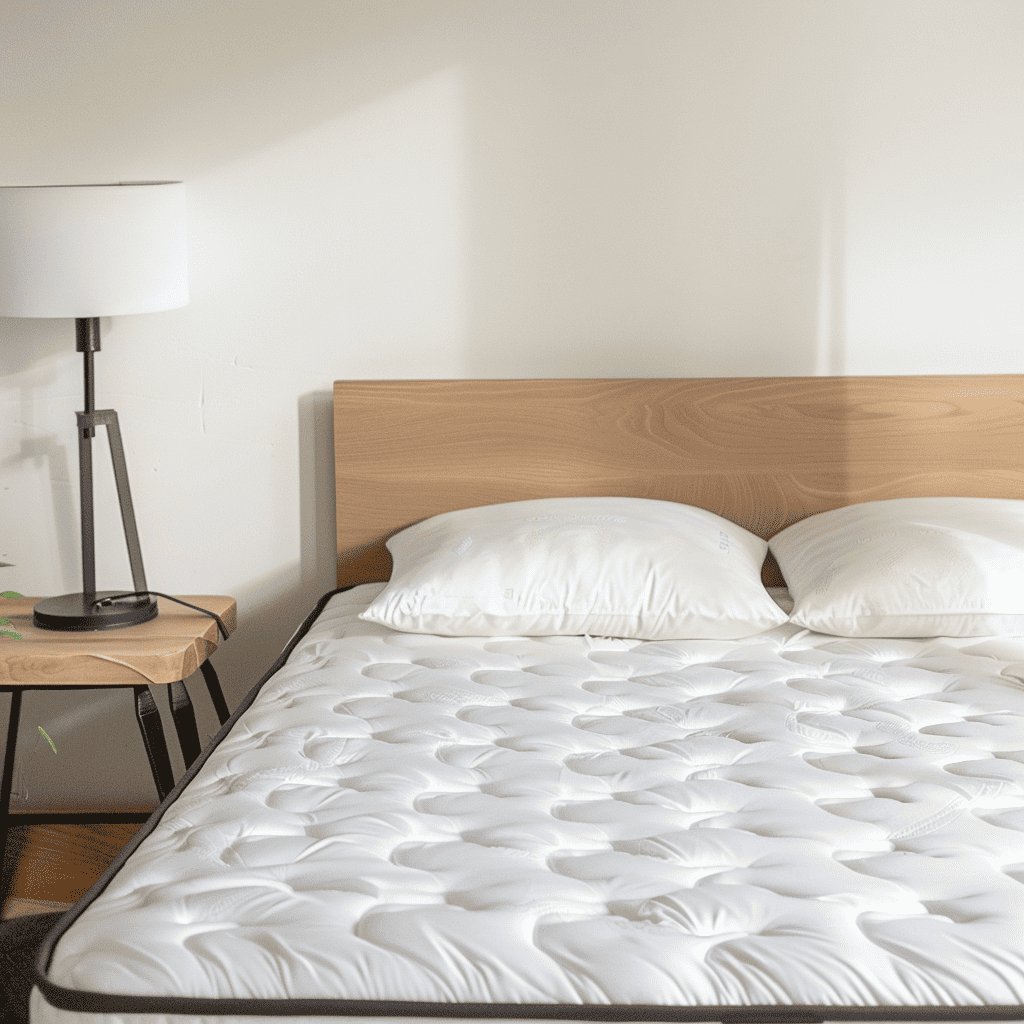High-quality mattresses often carry a sizable price tag. When determining the ideal mattress, you should consider various elements such as durability, support for the spine and pressure points, foam type, additional materials, feedback from confirmed customers, and of course, the cost. Your sleep, as well as your back, neck, and joint health, are crucial. A suitable bed should support your pressure points and maintain a cool temperature, helping you achieve the best night’s sleep.
What do Confirmed Customers Say?
We’ve emphasized the term “verified” significantly. This is because the furniture market is riddled with paid, sponsored, and dubious reviews. It’s essential to ensure your reviews originate from a reputable, moderated source. Be vigilant for repeated catchphrases or the common “I was doubtful initially, but…” phrase. A five-star rating can attract the eye, but it’s important that reviews are genuine and heartfelt. In fact, customer reviews can be your most reliable source of insight into a mattress’s performance. If you’re uncertain, consider reaching out to the reviewer — usually by responding to their review — and ask your question.
Are More Expensive Mattresses Always Superior?
No…and yes. This answer might seem unclear, but it reflects the reality that mattress prices tend to escalate with the quality of materials, durability, and overall customer satisfaction. However, it doesn’t imply you must overspend. Explore similar mattresses and their price points. If a mattress’s price greatly deviates from this range — either excessively high or extremely low — it could indicate poor value for money.
Return Policies for Mattresses Under $1000
Even if you secure a good deal, ensure that a return policy is in place. Examine all terms and conditions meticulously. Even a well-rated mattress may not “feel right.” Ensure you have ample time — ideally a month — to trial the mattress and determine its suitability.
Considering More Affordable Mattresses?
While we’re not fans of the term “cheap,” there are less expensive mattresses on the market that maintain a better-than-average quality. Ultimately, the decision is yours. However, make sure you conduct thorough research and have the option to return your mattress if it’s not to your liking.
Our Findings
Yes, it is indeed possible to find a superb mattress for under $1000, as concluded by our diligent research team. Some of the options mentioned above approached this upper limit, while others were significantly below. Prices can fluctuate, so ensure you confirm the current price before purchasing. By conducting thorough research, you’ll find peace of mind in your choice of the best mattress for under $1000.




